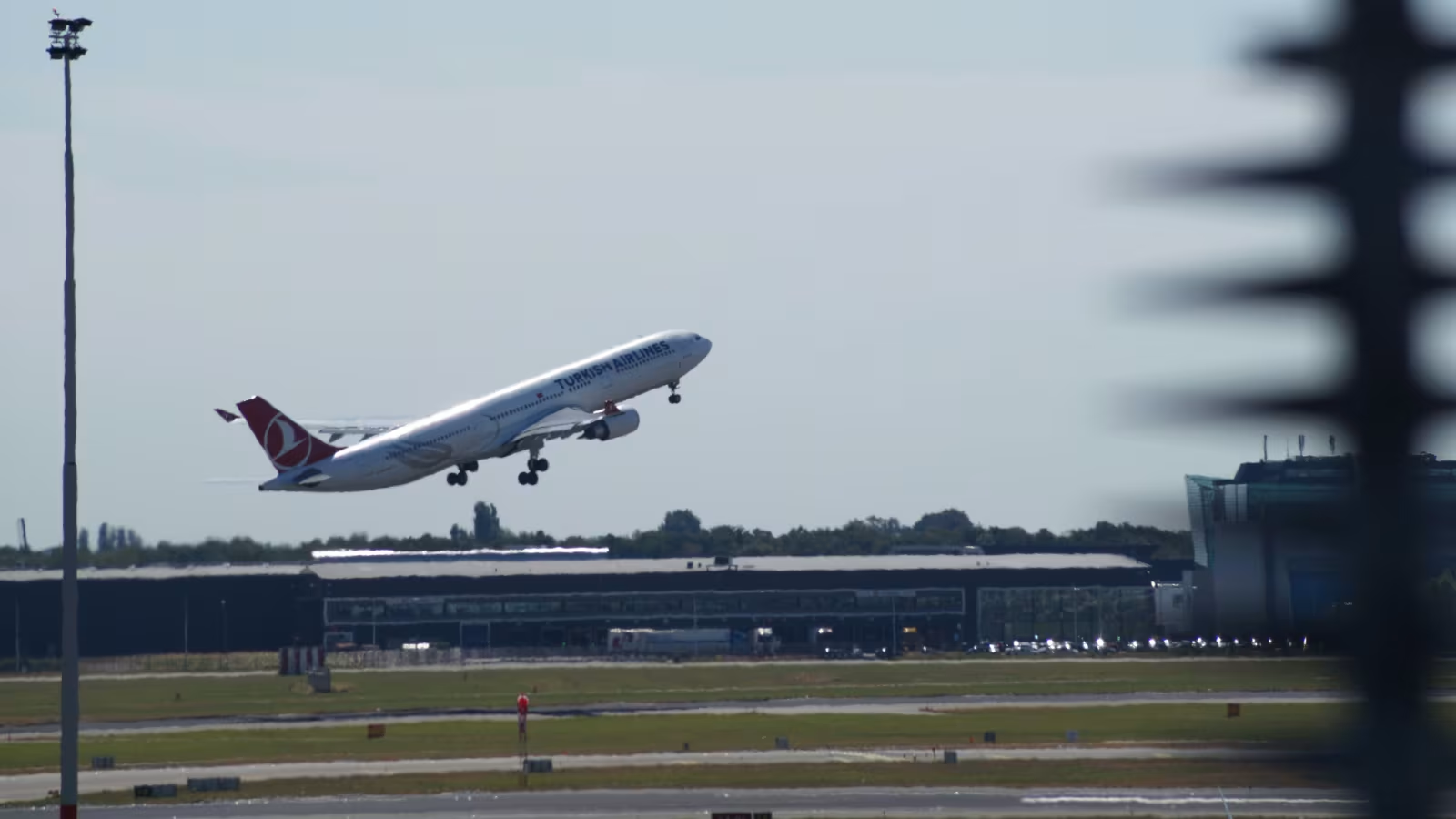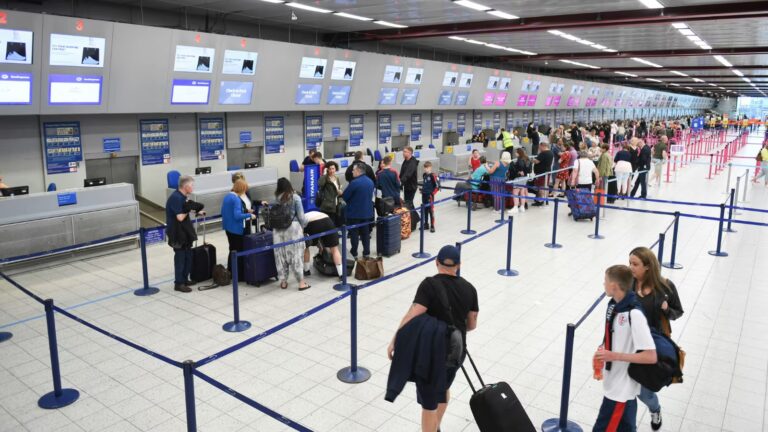Peak travel seasons bring both opportunities and challenges for airports worldwide. With passenger volumes surging by 30% or more during holidays and major events, airports must optimize operations to maintain efficiency, safety, and passenger satisfaction.
Drawing insights from top global hubs, here are seven proven strategies to master peak season operations.
1. Proactive Planning & Forecasting
Leading airports like Hartsfield-Jackson Atlanta International rely on historical data and predictive analytics to anticipate demand surges. Key steps include:
- Demand Forecasting: Analyzing past trends to predict passenger and flight volumes.
- Stakeholder Collaboration: Aligning with airlines, ground handlers, and security agencies to synchronize schedules.
- Contingency Plans: Preparing for disruptions like weather delays or technical failures.
“A plan is only good until the unexpected happens—build flexibility into your strategy.”
2. Optimized Staffing & Cross-Training
Staff shortages are a major bottleneck. Airports combat this by:
- Cross-Training Employees: Enabling staff to handle multiple roles (e.g., security personnel assisting with boarding).
- Flexible Scheduling: Implementing shift rotations and on-call pools to cover peak hours.
- Incentivizing Staff: Offering bonuses, recognition, and wellness programs to retain and motivate teams.
“During peak times, every minute counts—having multi-skilled staff keeps operations fluid.”
3. Smart Technology Integration
Automation and AI are game-changers:
- Biometric & Self-Service Kiosks: Speed up check-in and boarding (e.g., facial recognition at Dubai International).
- AI-Driven Queue Management: Reduces wait times with real-time passenger tracking.
- Predictive Analytics: Helps adjust staffing and resources dynamically.
“Technology isn’t just about efficiency—it’s about creating a seamless passenger journey.“
4. Demand Management & Passenger Flow Optimization
To prevent overcrowding:
- Dynamic Pricing: Encourage off-peak travel with discounted fees.
- Pre-Booking Services: Allow passengers to reserve security slots or lounge access in advance.
- Express Lanes: Fast-track options for premium travelers or those with minimal baggage.
“Managing demand isn’t about restricting passengers—it’s about distributing flow intelligently.”
5. Enhanced Communication & Passenger Experience
Clear communication reduces stress:
- Real-Time Updates: Digital signage, mobile apps, and social media keep travelers informed.
- Visible Support Staff: Deploying roving agents to assist confused passengers.
- Multilingual Signage: Improves navigation for international travelers.
“A well-informed passenger is a calm passenger—transparency is key.“
6. Infrastructure & Process Streamlining
Efficiency upgrades include:
- Self-Bag Drop & Automated Security: Reduces bottlenecks (e.g., Singapore Changi’s FAST system).
- Modular Terminal Designs: Flexible spaces that adapt to fluctuating crowds.
- Collaborative Decision-Making (A-CDM): Integrates airlines, ground crews, and ATC for smoother operations.
“Investing in infrastructure isn’t a cost—it’s a competitive advantage.”
7. Crisis Preparedness & Sustainability
Peak seasons heighten risks:
- Emergency Drills: Regular simulations for delays, cancellations, or security threats.
- Sustainable Practices: Energy-efficient lighting, waste reduction, and digital ticketing cut costs and environmental impact.
“Resilience isn’t just about surviving disruptions—it’s about thriving despite them.”
Conclusion
Mastering peak season operations requires a mix of foresight, flexibility, and innovation. By adopting these strategies from leading hubs, airports can turn high-traffic challenges into opportunities for enhanced efficiency and passenger satisfaction.
“The future of aviation lies in balancing speed, safety, and service—especially when the stakes are highest.” ~ Team Vayu



